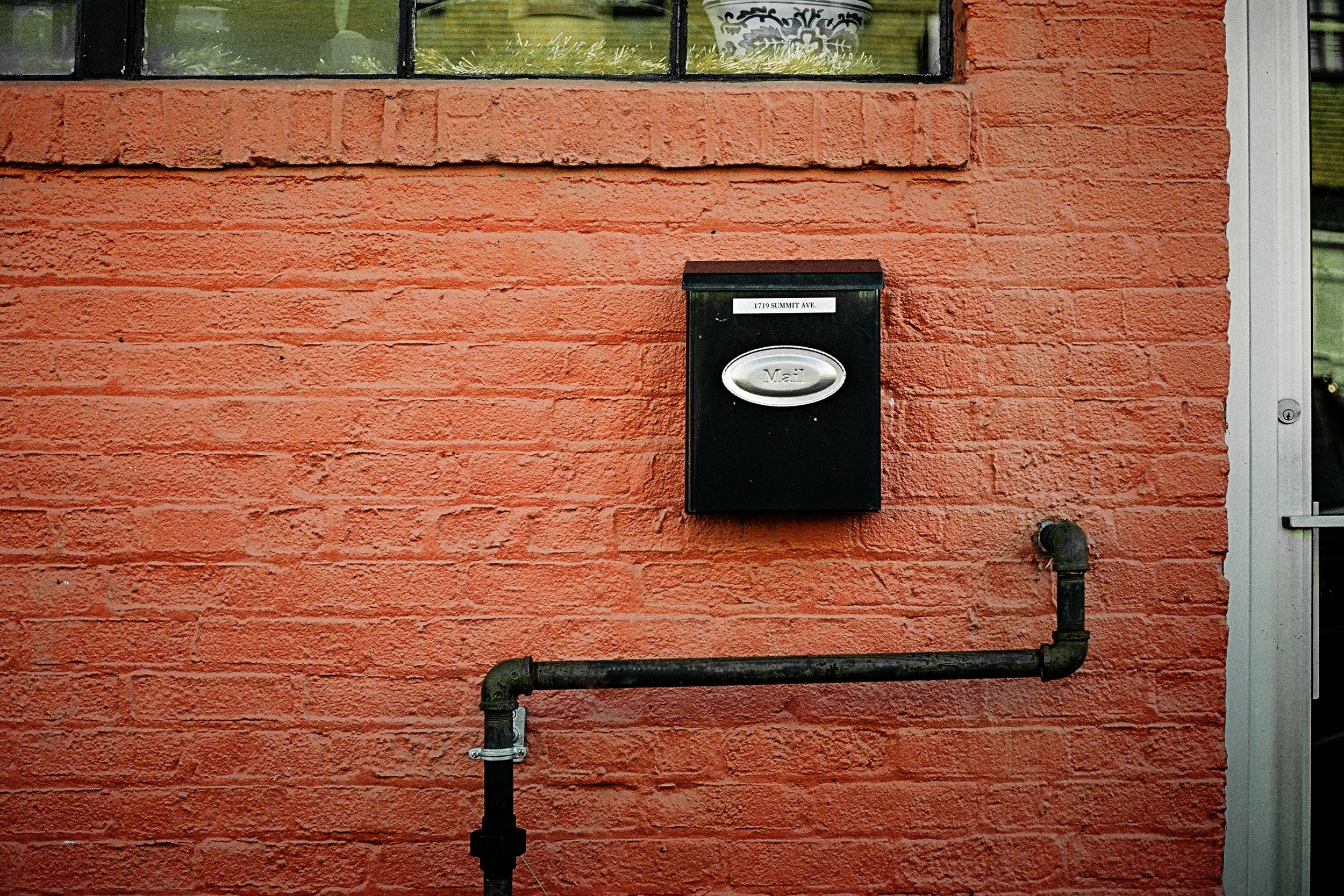I’m reading “Write For Your Life” by Anna Quindlen. I like her perspective on revisions and rewriting in which the true shape of the work emerges. Anna is honest in saying that she’d rather do anything than revise her work. But she knows . . . work that has been edited and then revised is most often better than work that has not.
I love this part.
“But the problem for students, particularly students who are used to doing well, is that having a paper handed back for another go-round implies not a desire for improvement but a verdict of failure. There is something wrong. The problem for the teacher is that that’s not necessarily what she is saying. Looking at an essay is different from grading an algebra test. Either the numbers are correct or they are not. With an essay it’s sometimes like seeing a photograph that is slightly out of focus. The picture is compelling if only it were sharper.” —Anna Quindlen
With revision, there is the promise of something better, maybe even something really good.
I feel this way about photography, too. It’s often difficult to accept constructive criticism about my work, but there is no question my work is better for the input. It’s challenging to live with a project, moving photographs in and out and around. Editing and processing, over and over again with small changes and tweaks. Setting work aside. Embracing a body of work—loving it and unloving it depending on where you are in the process.
It was the church at the Westmoreland County line that I stopped to photograph. It’s rare to find a simple church these days. One with the essentials of space and places to sit and listen and learn and nothing more. Crossing the highway, what really caught my eye were the crossed wires, pulling at odds, to create tension and stability.
These pictures are the story of my life. Small, unremarkable, read perhaps by only me, but I will not let judgment prevent me from telling. The process is invaluable.







